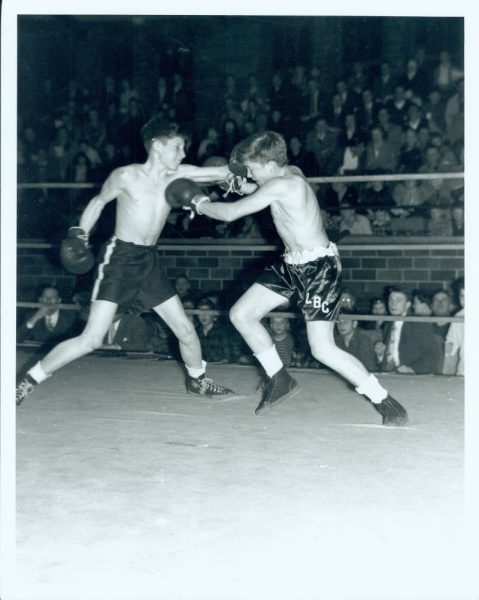Out with the Old and in with the New
Nick Foles and the Chicago Bears
Photo from Wikimedia Commons (CC BY 4.0)
Mitch Trubisky (10) was benched for poor play in Week 3 and replaced by Nick Foles.
Coming off of a Thursday night win against Tom Brady and the Tampa Bay Buccaneers, the Chicago Bears are 4-1 for the first time since the 2012 season. Although, it is an unconventional 4-1, as Chicago achieved this record with two different starting quarterbacks.
Starting multiple quarterbacks in a season isn’t rare for an NFL team, but a new signal caller usually only comes into the game under two scenarios: either the starter gets hurt or the team is losing games. It is almost unheard of that a healthy quarterback on a 3-0 team is benched, but that is precisely what occurred for the Bears this season.
The Bears’ incumbent starter at quarterback was Mitch Trubisky, who had started 42 games in the last three years and posted a respectable record of 24-18. What I saw from Trubisky during his time as a starter was an erratic, inaccurate quarterback who was carried to wins by an elite defense. In 2019, he was 28th-rated passer in the NFL and the Bears finished at a disappointing 8-8, not making the playoffs.
In March, the Bears traded for Nick Foles, a veteran quarterback playing on his fourth team who has had an unspectacular career outside of an unbelievable Super Bowl run in 2017 while on the Philadelphia Eagles. Foles and Trubisky had a training camp battle for the starting job, but the incumbent won out and started Week 1 against the Detroit Lions.
Not surprisingly, the fans, myself included, were already calling for Foles during Week 1. With three minutes to go in the third quarter, Chicago trailed 23-6. Trubisky couldn’t hit the broad side of a barn and his passes were so inaccurate even the Lions defenders couldn’t catch them.
However, all of a sudden, something clicked. In the last four drives, Trubisky was 10-for-14 for 132 yards and three touchdowns, leading the Bears to a dramatic, come-from-behind victory, 27-23. He had silenced his critics, for the time being.
The Bears won again in Week 2 against the now-0-5 New York Giants, this time 17-13. This reminded me of a 2019 Bears game, as Chicago won despite two interceptions from Trubisky and thanks to a stifling performance by their defense.
In Week 3, the Bears traveled to Atlanta to take on the Falcons. Down 23-10 in the third quarter, Trubisky threw a terrible interception, prompting head coach Matt Nagy to finally make the decision to change quarterbacks. Foles entered the game and threw three touchdowns, leading the Bears a 30-26 win. The next day, Nagy announced Foles as the starter.
Foles’s first start as a Bear didn’t go well. He was stifled by the Colts ferocious defense, and Chicago was held to only 11 points. The Bears fell to 3-1 and fans were nervous, but Foles had another chance to prove himself during their Week 5 matchup against Brady and the Tampa Bay Buccaneers.
Foles was underwhelming, playing conservatively and gaining only 5.8 yards per passing attempt. Thankfully, the defense put pressure on Brady all night, and Kyle Fuller forced a fumble at a pivotal moment to give the Bears a 20-19 win.
Sitting at 4-1, the Bears are in a prime position to make the playoffs. Although there is one major area Chicago needs to work on to be able to compete with the top NFC teams: Chicago scores in bunches and usually loses the time of possession battle.
In 20 quarters of football played this year, the Bears only have touchdowns in seven of them. If the Bears can score more consistently, I believe they can become an NFC Super Bowl contender. The quarterback with the best chance of achieving this is Nick Foles.
Tune in this weekend to see if Foles and the Bears can put the pieces together and light up the scoreboard Sunday at noon against the Carolina Panthers.








